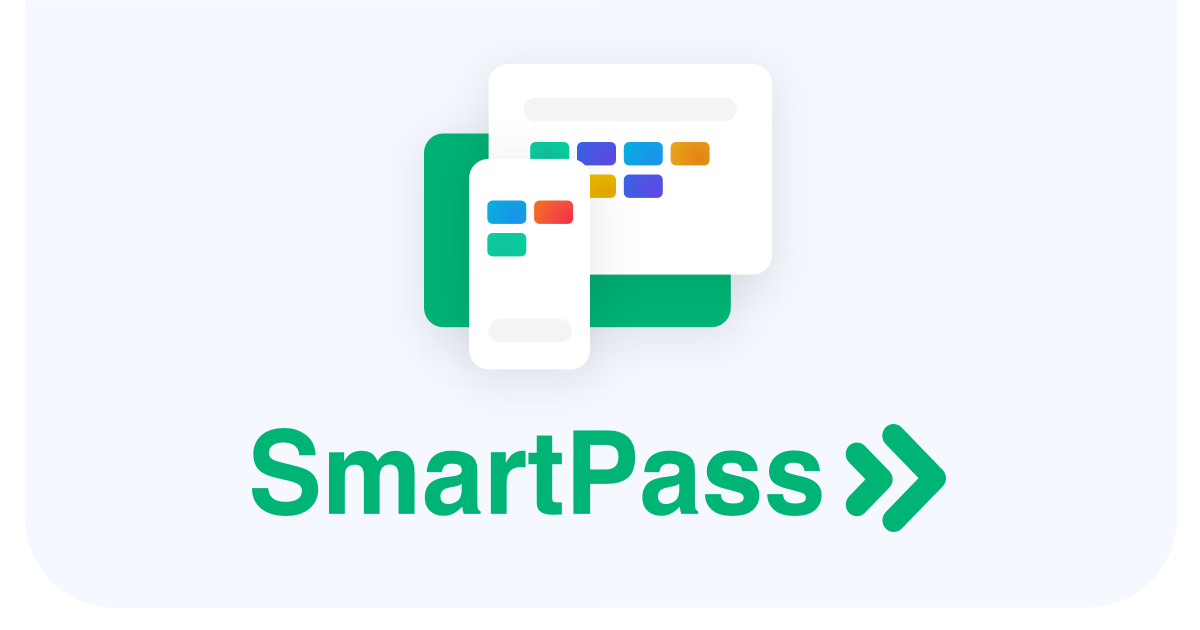In today’s fast-paced world, technology makes life easier for people in countless ways. One exciting development is the [bright pass], a digital innovation designed to improve convenience, security, and efficiency in everyday life. From transportation systems to education, smart passes are becoming more widespread, revolutionizing how we access services and manage tasks.
This article will explore everything you need to know about intelligent passes—what they are, how they work, and the benefits they bring to users and organizations.
What Exactly Is a Smart Pass?
A [bright pass] is a digital or physical card that uses technology such as RFID (Radio Frequency Identification), NFC (Near Field Communication), or barcodes to store information. This pass allows individuals to access services, enter secure locations, or complete transactions more efficiently and securely. You’ve likely encountered smart passes in daily life—a metro it’s used to tap into a subway system, an ID badge that unlocks office doors, or even an electronic pass for a school event.
These passes are “smart” because “e they” can carry personal data or payment information, communicate with specific systems, and, in many cases, be updated or recharged digitally.
Different Types of Smart Passes
Different [bright pass] systems cater to various industries and needs. Below are some common types of intelligent passes:
- Contactless Transportation Passes: Common in public transport, these passes are used to tap in and out of buses, trains, and other forms of transit.
- Access Control Passes: These passes are used for security purposes and grant access to secure buildings or areas.
- Educational Smart Passes: Students often use these passes to access classrooms, libraries, and dining halls.
- Digital Event Passes: A growing number of events now use smart passes to manage an entry, offering attendees a quick, contactless way to check-in.
Each type of smart pass has its own set of features, but they all share the same purpose—making life easier by offering a seamless way to access services.
How Does a Smart Pass Work?
The technology behind a [bright pass] may seem complex, but it’s relatively straightforward in practice. Most smart passes use RFID or NFC technology to communicate with the system they interact with. Here’s how this typically works:
- Data Storage: The pass contains a chip or code that stores unique data, such as a user ID or payment information.
- Communication: The system identifies the user’s information when the pass is tapped or scanned near a reuser. Action: Based on the stored data, the system grants access, completes a transaction, or performs another task.
- Feedback: The user often gets feedback through a light, beep, or text message confirming the successful action.
This entire process happens in a matter of seconds, making it quick and highly efficient.
The Benefits of Using a Smart Pass
Implementing [bright pass] systems has many advantages for users and service providers. Let’s look at Let’sof the key benefits:
- Convenience
One of the most significant selling points of a [bright pass] is how incredibly convenient it is. Instead of carrying cash, tickets, or multiple keys, everything you need can be stored on one pass. For example, commuters can load money onto their transit smart pass, students can keep their school credentials in one place, and employees can use their pass for security and timekeeping purposes.
- Security
Smart passes are also far more secure than traditional methods of access. Many smart passes require authentication, such as a PIN or biometric verification, which helps prevent unauthorized use. If a pass is lost or stolen, it can often be quickly deactivated and replaced, adding an extra layer of protection.
- Cost-Effective
Using a [bright pass] system is cost-effective in the long run for businesses and organizations. While the initial setup might require some investment in hardware and software, maintenance costs are usually low, and the time saved by streamlining processes can offset initial expenses.
- Eco-Friendly
A [bright pass] can be reused and updated digitally, reducing the need for physical tickets or paper documents. This means less waste and a smaller carbon footprint—a huge plus for companies and individuals striving to be more eco-friendly.
- Speed and Efficiency
Because they use contactless technology, [bright pass] systems drastically reduce the time required to complete tasks such as entering a building, boarding public transport, or purchasing items. This can be especially important in fast-paced environments like airports or significant events.
Industries That Use Smart Passes
The applications of [bright pass] technology are incredibly diverse. Look at Let’s key industries where smart passes have become indispensable.
- Public Transportation
One of the most widespread uses of smart passes is in public transportation systems. Cities worldwide have adopted contactless travel passes to streamline bus, train, and subway services. Riders can top up their cards online or at kiosks, tap their bright pass to board, and avoid long ticket lines.
- Education
Schools and universities have also started implementing [bright pass] systems. Students use intelligent passes for everything from checking out library books to gaining access to dormitories and meal plans. These passes can even track attendance, making life easier for teachers and administrators.
- Corporate Offices
Many companies now use [bright pass] systems for access control. Employees are issued smart badges that allow them to enter the office, access restricted areas, and even clock in and out for the day. It’s an efficient way to monitor both security and employee activity.
- Healthcare
[bright pass] systems are increasingly used in hospitals and clinics to streamline patient check-ins and manage access to sensitive areas. Doctors, nurses, and other medical personnel often carry smart passes to access patient records, medications, and treatment areas securely.
- Events and Entertainment
Concerts, sports events, and conferences are also adopting the [smart pass] trend. Digital smart passes allow for quick, contactless entry and can often store additional information like seat assignments, parking details, or even discount offers.
Challenges and Considerations
While there are many benefits to [bright pass] systems, there are also some challenges and considerations to keep in mind:
- Privacy Concerns
Since smart passes store personal data, privacy can be an issue if the information needs to be adequately encrypted or protected. Users must trust that their data is handled securely by the companies or organizations implementing the system.
- Cost of Implementation
Though a [bright pass] system can be cost-effective in the long run, the initial investment in technology—such as card readers, software, and passes—can be significant for small businesses or institutions.
- Technical Glitches
Like any technology, intelligent pass systems are not immune to technical issues. Malfunctions can occur, leading to delays or errors in service. Organizations should have support systems to handle these kinds of problems swiftly.
How to Get a Smart Pass
Getting a [bright pass] depends on what type of pass you need and where it’s being used. Here’s a quiit’suide to obtaiHere’some common types of intelligent passes:
- For Public Transport: Typically, you can apply for or purchase a public transportation bright pass online, at stations, or authorized retail locations. Most cards can be recharged at kiosks or through mobile apps.
- For Education: If you’re a student, your school will issue your [bright pass] upon enrollment. It’s usually linked to your site’s ID and is valid for your studies.
- For Offices or Access Control: Employers typically provide [bright pass] badges to employees when they start a new job. If you lose your pass, most companies have systems in place for quick replacements.
- For Events: You can usually download a digital bright pass when you purchase event tickets online. It will be sent to your email or smartphone and ready for use when you arrive.
The Future of Smart Pass Technology
The potential for [bright pass] systems will only grow as technology evolves. We are already seeing advancements in biometrics, where fingerprints or facial recognition are added to intelligent passes for enhanced security. Intelligent smart passes could become entirely digital, stored within a person’s smartphone or even devices.
Additionally, we could see the integration of blockchain technology into innovative pass systems, providing an extra layer of security and transparency. This could be especially useful in industries like healthcare, where data privacy is critical.
The future looks bright for [brilliant pass] technology, and its potential uses are nearly limitless.
Conclusion: Why Smart Passes Are Here to Stay
In conclusion, the [bright pass] is a versatile and valuable tool that has already transformed how we interact with the world around us. Whether tapping into the subway or flashingsubwayou’relashing a digital ticket at a concert, smart passes make life easier, more secure, and more efficient. We expect to see even more innovative uses for smart passes across various industries as technology advances.
From public transportation to healthcare, the [bright pass] is revolutionizing how we access services, and it’s only a matter of time before it becomes a standard part of everyday life.







































